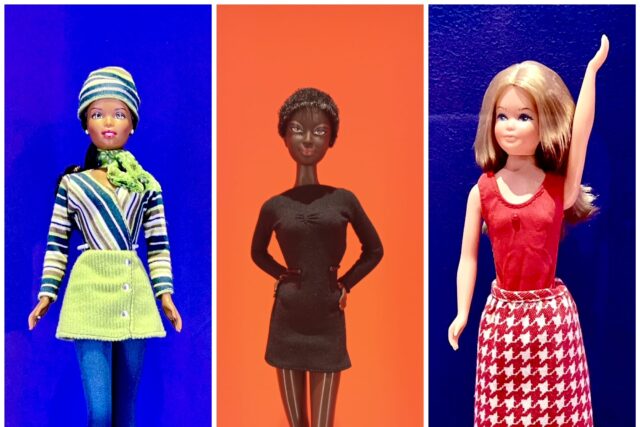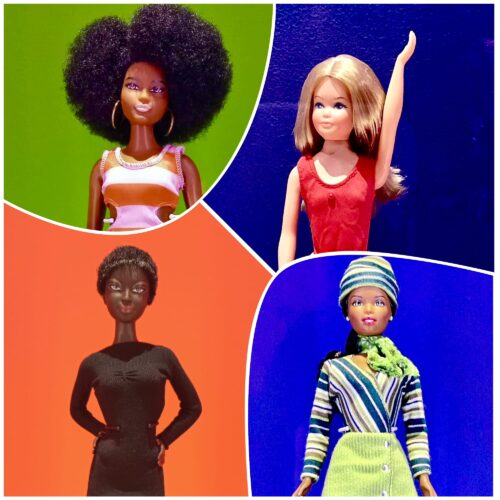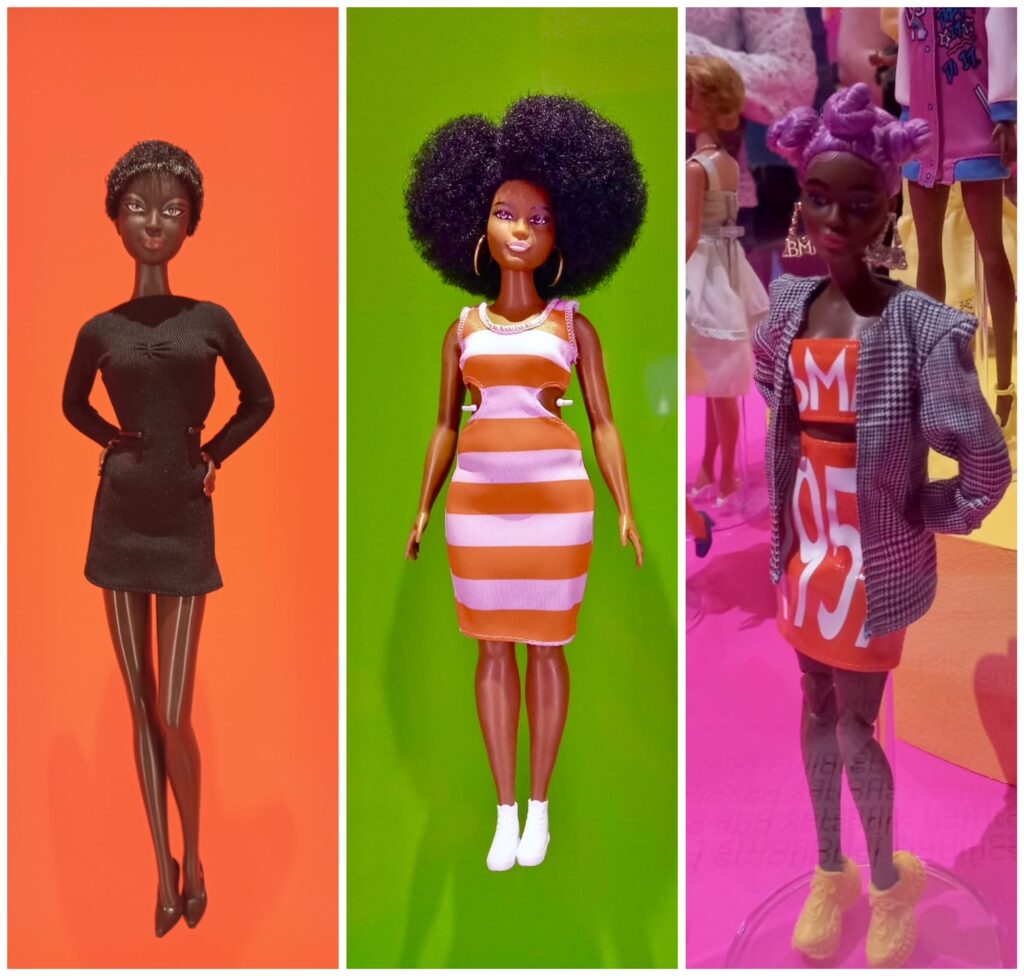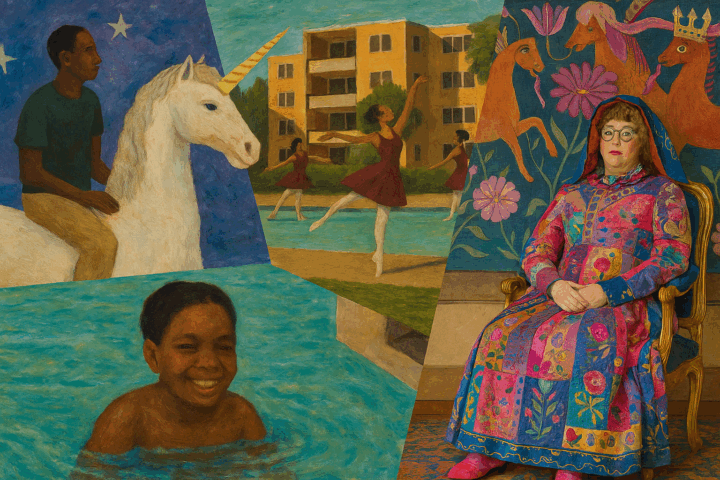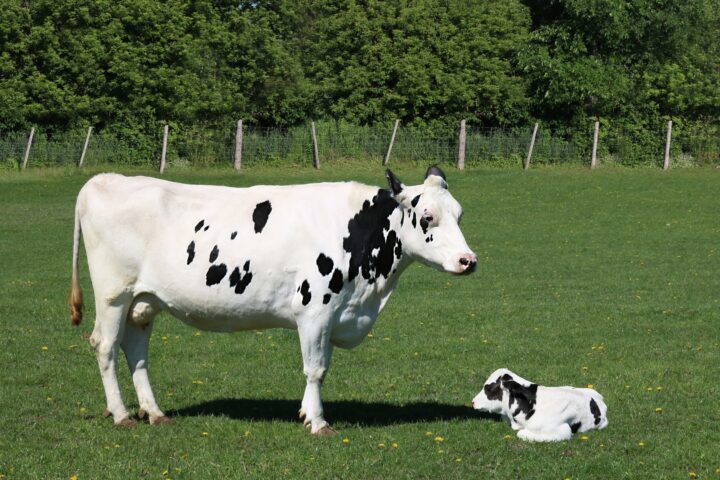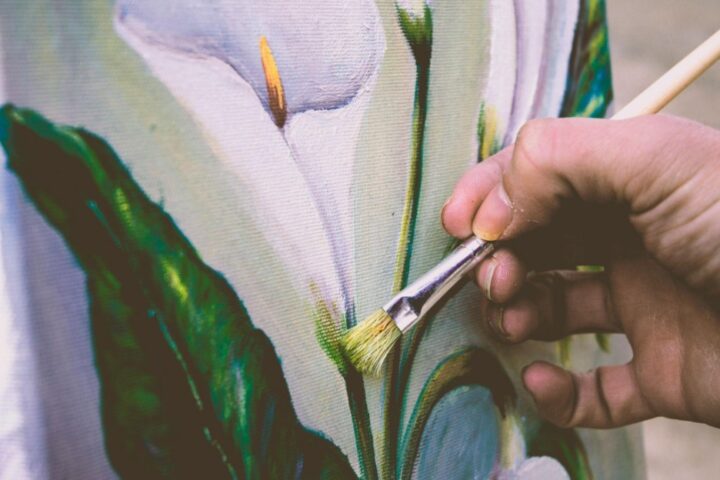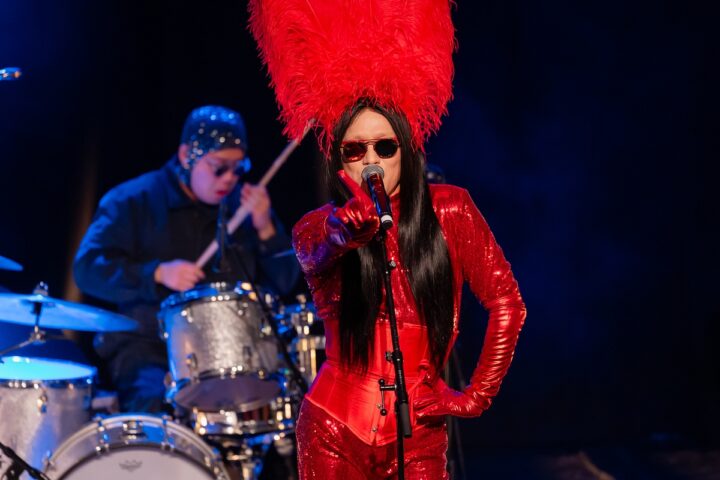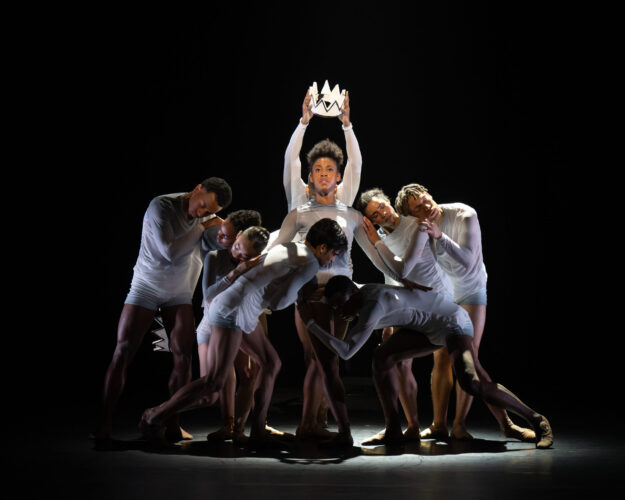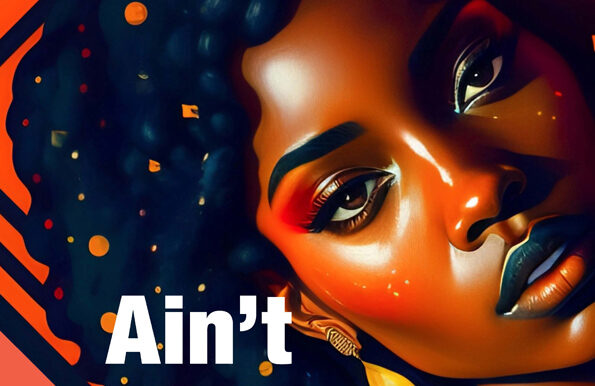Barbie
By Bettina Gracias
When a friend of mine said she was going to the Barbie Exhibition at the Design Museum this Summer, I instantly dismissed it as something I didn’t really need to see. I enjoyed the film but entering a world celebrating 65 years of Barbies seemed a step too far. We were visiting another show at the same building at the time however and, on seeing all the excited visitors to the exhibit: girls and mothers of all races dressed up together in pink with sparkly make-up, young women from America wearing Cowboy Barbie outfits emerging from the ladies’ loos, I thought, maybe it might actually be fun. So, I went.
What springs to mind when you hear the name Barbie? Is it a voluptuous brown-skinned, curvy woman with long dark hair? Or a swelt, short-haired black woman wearing a cool mini-dress? Or even a flamenco-dancing Hispanic figure with a full-length billowing skirt and spotty red dancing shoes? Those images certainly didn’t surface for me before the exhibition and I realized, as I walked around looking at the multitude of Barbies, that I had a stereotype in my head.
Barbie is actually much more diverse than simply the perfect American blond, with a tiny waist, endless legs tipped with high-heels and a swinging pony-tail. The brand challenged female stereotypes at the workplace from as far back as the 60s, with Astronaut Barbie in 1965, (4 years before Neil Armstrong landed on the moon). She went on to become Major League baseball player Barbie, Computer Engineer Barbie and Marine biologist Barbie, to name but a few of the 250 careers Barbie has had in the last 65 years.
She lives on her own, has a few houses, all with an external lift, has never been pregnant, keeps Ken at a distance and has even run for president of America.Children growing up with Barbie now could have any number of constructs in their imagination: purple hair, black or brown skin, wheelchairs, braids, support boots, the list goes on.So, I’m glad I went to the Barbie Exhibition, it was fun and it was great to see that the stereotype I held of her from my childhood is actually only a tiny percentage of what she is and represents now. It is a positive reflection of how the world is moving on and how, in some areas, Barbie is even leading the way.The exhibition celebrates 65 years of Barbie.Is on in London at the Design Museum until the 23 of February 2025.Trigger warning: May contain pink.
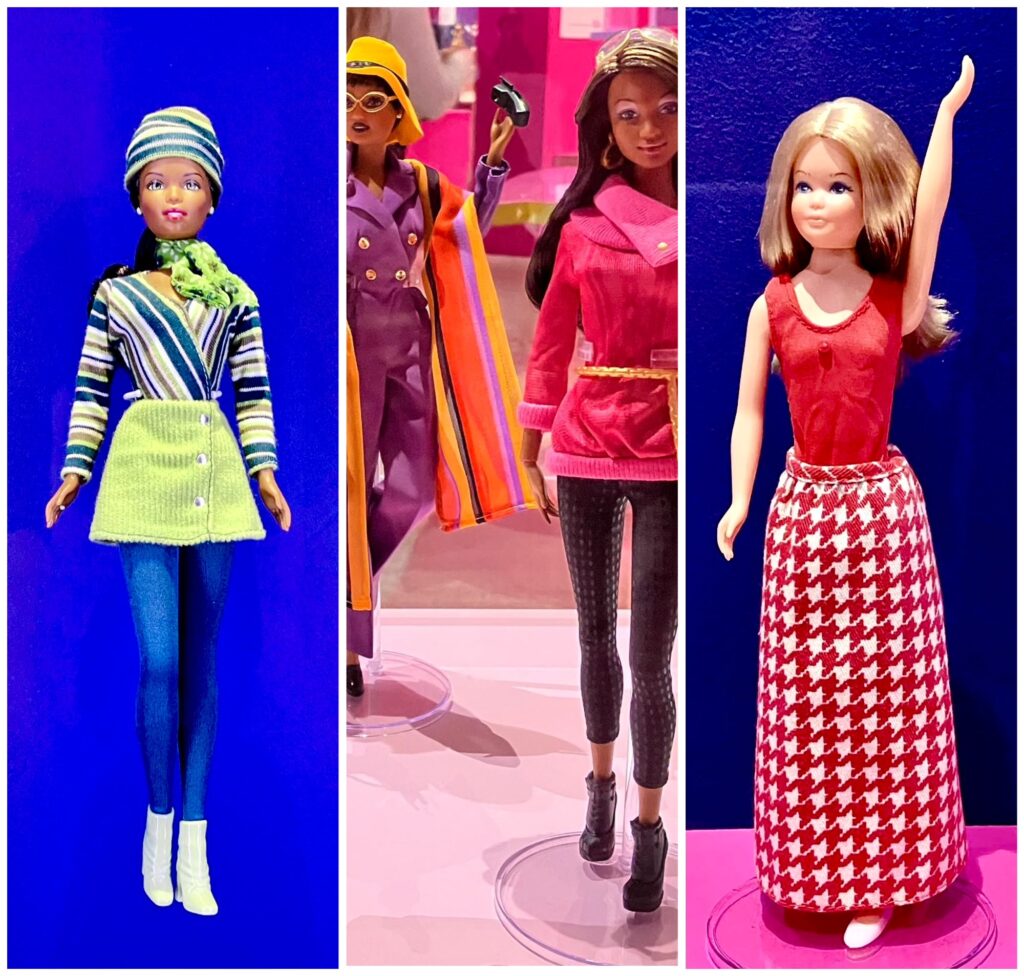
- Afghanistan: a burqa for Barbie
- ‘Jakinta’ by Bettina Gracias – A cheery monologue
- LOST IN ISTANBUL
- Where are you going?
- YOKO ONO: MUSIC OF THE MIND
